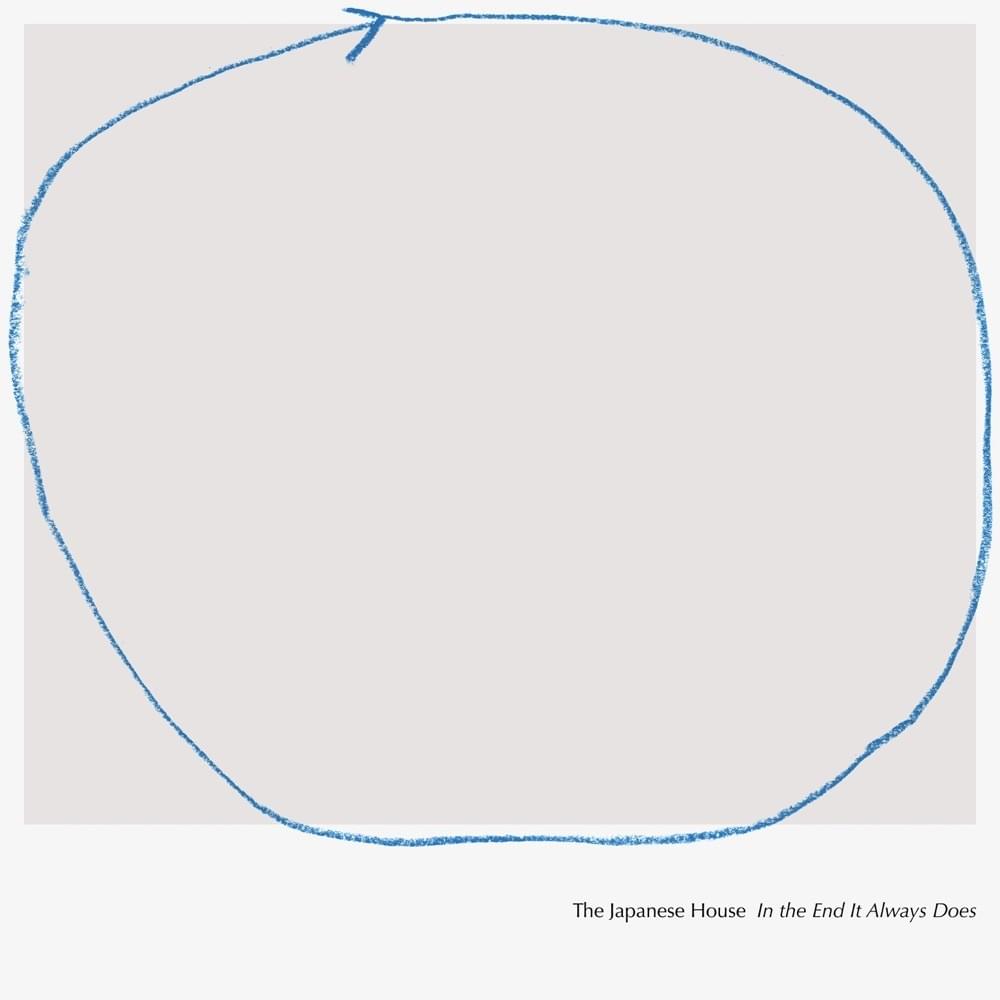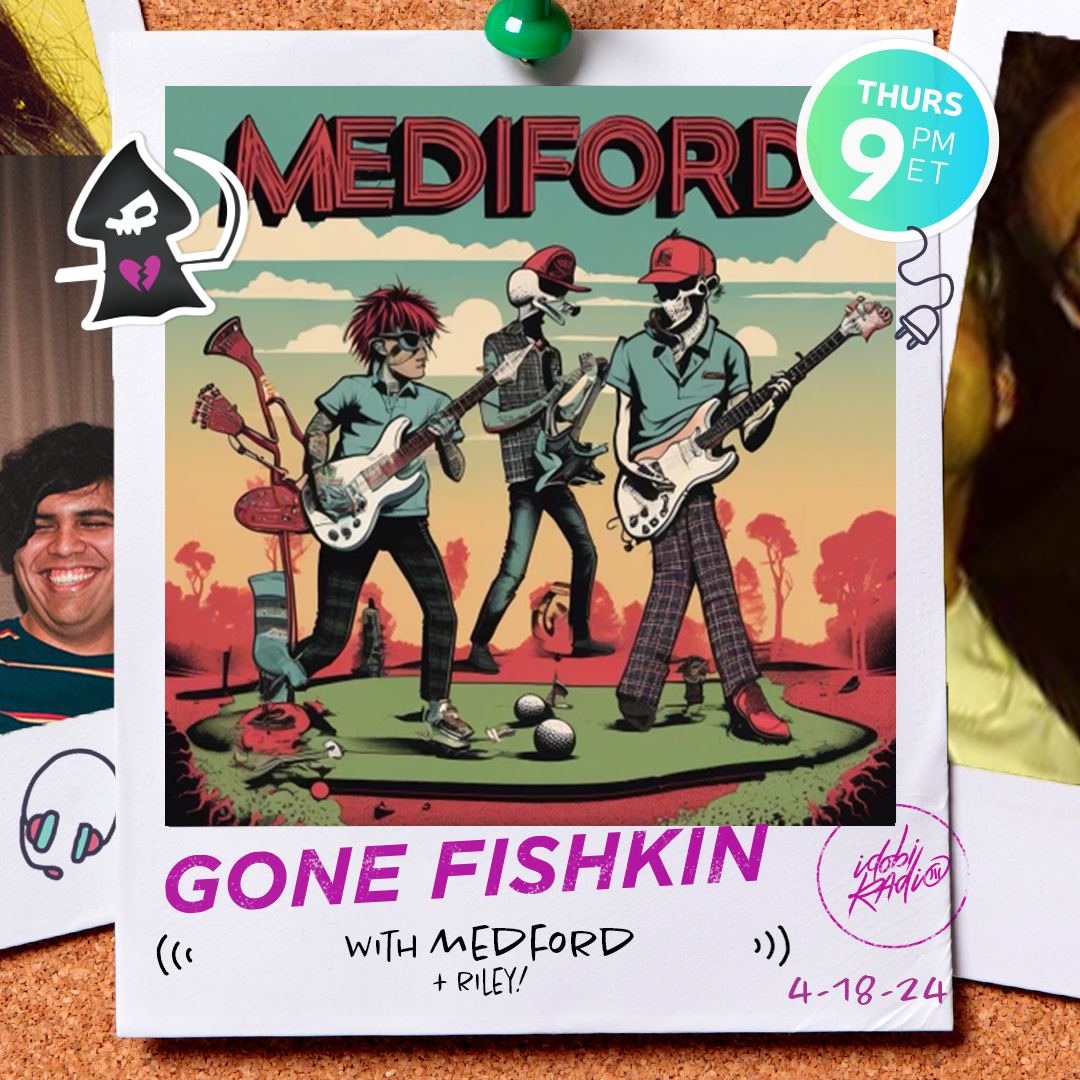No other contemporary chart-topping rock album sounds remotely like Metallica’s St. Anger. Never mind the whirlwind tempos, multiple rhythm changes and seven-minute songs. What’s really unusual are the lo-fi tones and unconventional constructions.
The drums don’t crack, they clang, and cymbals cut out abruptly. There are no guitar solos. Once in a while a guitar lick lags behind the beat, and frontman James Hetfield’s vocals occasionally veer off key.
Stranger still, that’s exactly the way Metallica and producer Bob Rock wanted it to sound.
“I wanted to do something to shake up radio and the way everything else sounds,” said Rock, who helped write the music and lyrics and played basslines on the album. “To me, this album sounds like four guys in a garage getting together and writing rock songs.”
The genesis of Metallica’s raw new sound had as much to do with art as with anger. Shortly after Metallica hired Rock ?, who had worked on their last three studio records, including the pristine, polished Metallica (a.k.a. “the black album”) – the producer told drummer Lars Ulrich that he was tired of clean, by-the-book production. He proposed recording in a way that made a statement like some of Ulrich’s favorite artists, including Dutch primitivism painter Karel Appel, the Danish experimentalists CoBrA and various groundbreaking jazz musicians. From word one, Lars was on board.
Metallica achieved the primitive sound and schizophrenic vibe of St. Anger by combining old recording technology with cutting-edge editing software. While Rock had previously rigged Lars’ kit with multiple modern microphones and dampened the bass drum with pillows, spending as much as a week perfecting a snare sound, this time Rock spent five minutes setting up the drums and recorded the rest of the band with a combination of cheap PA mics and vintage microphones.
With the bare-bones recording equipment in place, Metallica started coming up with riffs together and rocked them out like a group of friends hooking up just to mess around. Once they’d concocted rhythms they liked, they’d combine them and record long jam sessions. Lyrics were written by the entire band moments before a song was recorded, and Hetfield’s vocals were recorded in one or two takes to capture the immediacy of the moment, glitches and all.
“There was really no time to get amazing performances out of James,” Rock said. “We liked the raw performances. And we didn’t do what everyone does and what I’ve been guilty of for a long time, which is tuning vocals. We just did it, boom, and that was it.”
After the basic recordings were done, Metallica tried to add guitar solos. Kirk Hammett recorded a bunch of leads ranging from slow and evocative to lightning-fast and aggressive, but Rock and the band ultimately decided to leave them all out.
“We made a promise to ourselves that we’d only keep stuff that had integrity,” Rock said. “We didn’t want to make a theatrical statement by adding overdubs. If we added something and it helped the mood or what we were trying to convey, that stayed. But if it distracted from that… then we killed it. Every time we tried to do a solo, either it dated it slightly or took away from what we were trying to accomplish in some other way. I think we wanted all the aggression to come from the band rather than one player.”
Once the band packed up its gear, it was time to unpack the computers. They used the computer program ProTools to reconstruct the songs in sometimes drastically different ways.
“A lot of the songs were done in William Burroughs cut-and-paste fashion,” said Rock, referring to a style in which a piece of writing is cut into pieces and reassembled at random. “There are movements in moviemaking and in music where you take technology as an art and you actually abuse it. Some people use ProTools to trick and fool the listener, but we used it more as a creative tool to do something interesting and stretch boundaries.
“Technically, you’ll hear cymbals go away and you’ll hear bad edits. We wanted to disregard what everybody assumes records should be and throw out all the rules. I’ve spent 25 years learning how to do it the so-called right way. I didn’t want to do that anymore.”





























